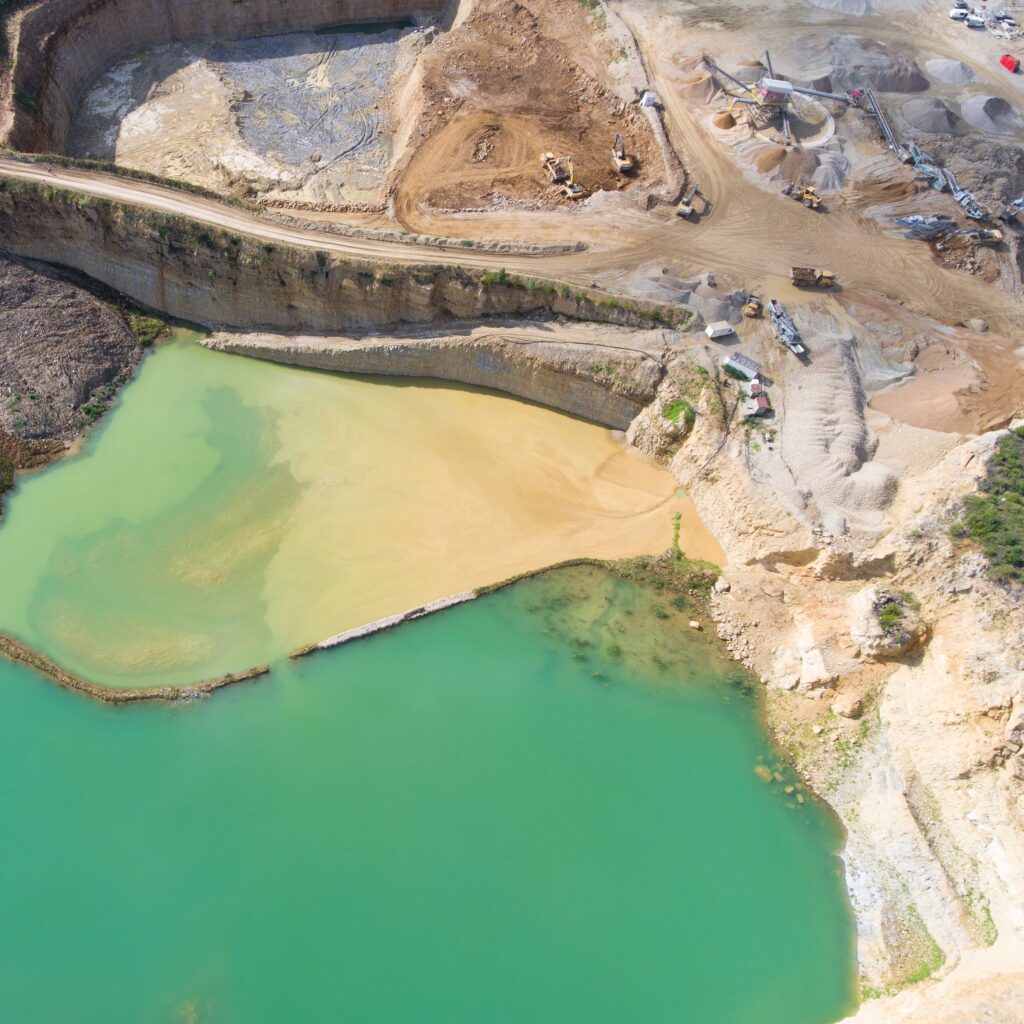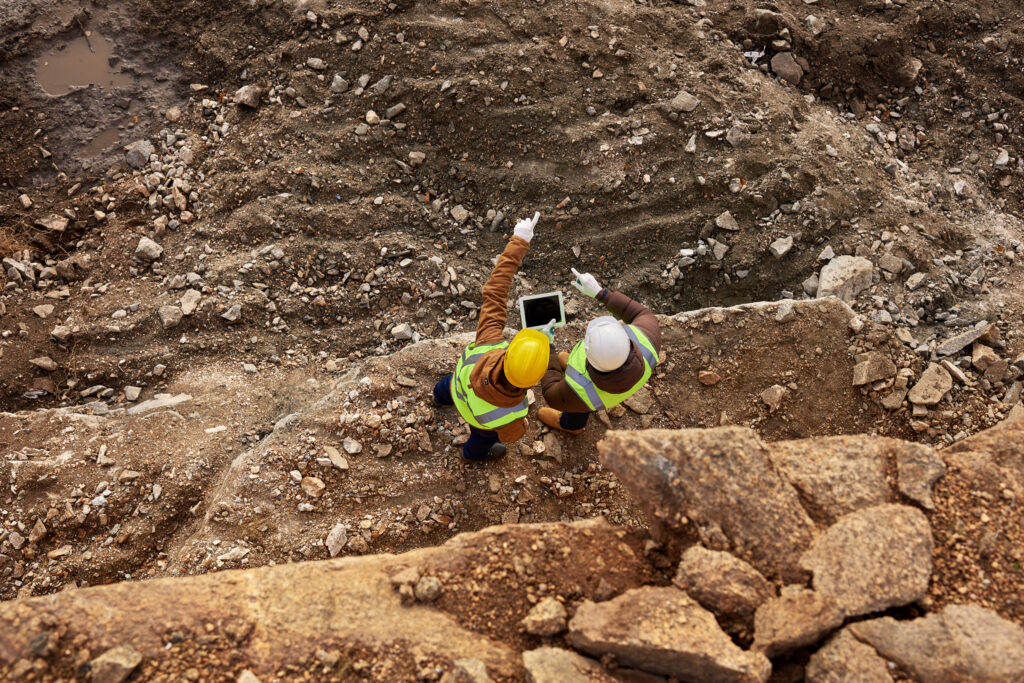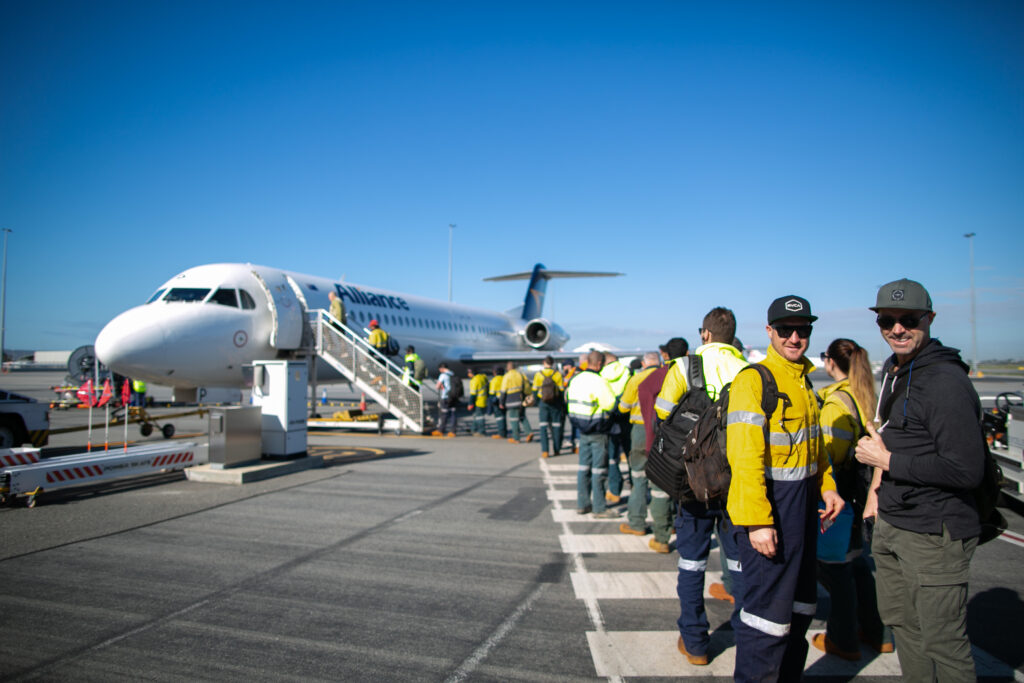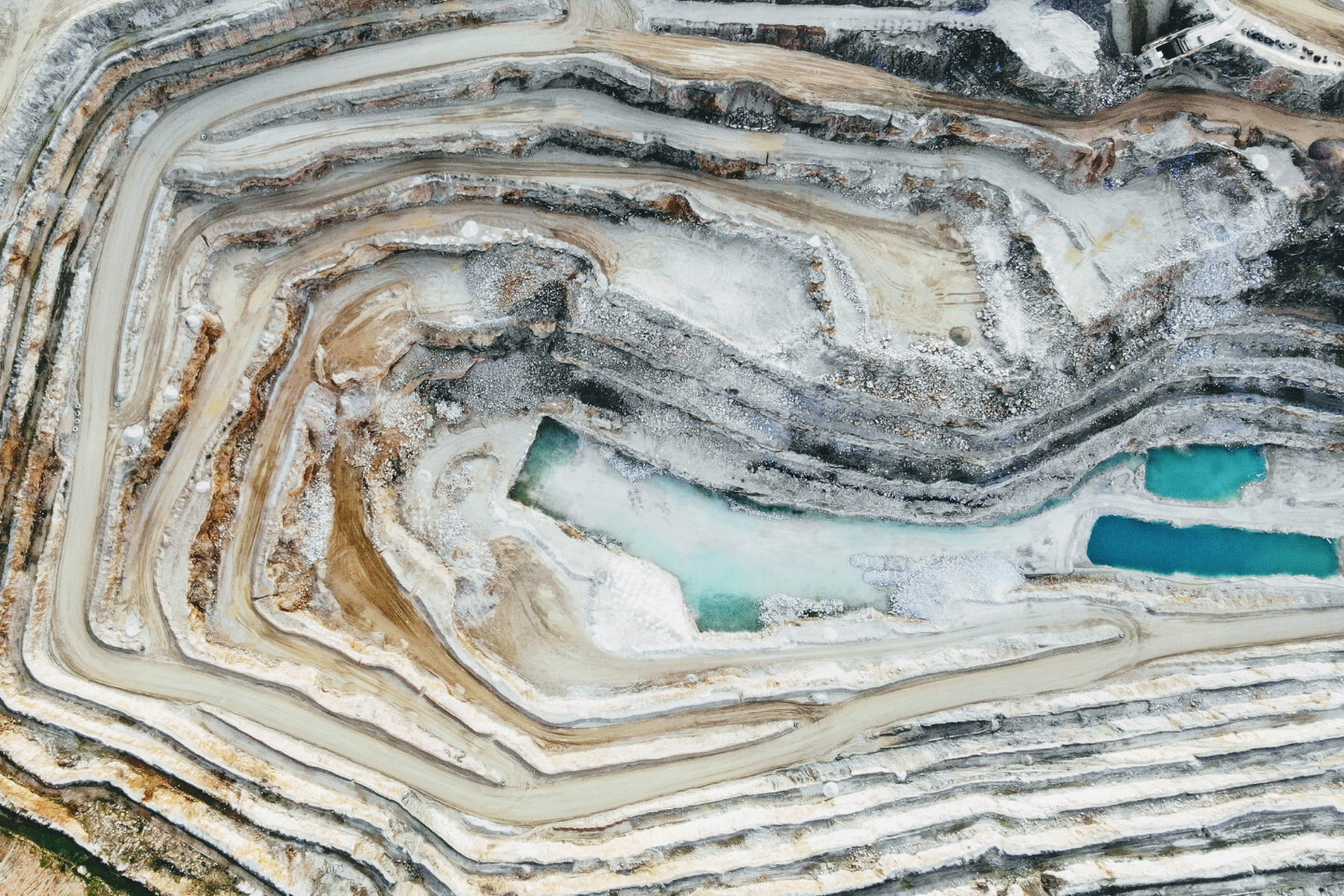With a third of Australia’s landmass, and eight of its 15 biodiversity hotspots, Western Australia has good reason to prioritise the protection of the environment.
But our vast distances and nature of the resources sector has too often meant environmental challenges go under-reported.
In fact, the departments charged with keeping a watching brief on the impact of mining on the environment had their knuckles rapped last year for not doing enough to ensure companies were complying.
The Department of Mines, Industry Regulation and Safety (DMIRS) and the Department of Water and Environmental Regulation (DWER) both play a role in ensuring mining operators comply with measures set to ensure environmental protection.
Those measures might include monitoring of groundwater, air pollution or dust emissions, ensuring there is no illegal clearing of land or contamination of soil, or tracking and protecting flora and fauna on site.
But a critical report released late last year by the Auditor General has forced both departments to tighten their approach.
It found planned inspection programs by the two regulators had shrunk by 60% or more over the previous five years, even as the number of WA mining projects grew by 12.5%.
While each department had targets for the number of annual inspections, the Auditor General found in recent years, they were lucky to complete half of those scheduled.
One critical finding was that by relying on “unverified, self-reported information” the regulators were failing to confirm “reported data using independent information”.
A second key failing related to documentation.
Even where compliance issues were marked as resolved, around one in four files lacked evidence or associated documents.
Compliance records were spread across multiple systems and compliance monitoring spreadsheets were not centralised.
It was a scathing review, which has prompted both departments to review their performance and approach — and now, a year down the track, we are starting to see the shape of a revived compliance scheme.
As a sign of how seriously the regulators are taking the need for change, both departments have announced digital upgrades designed to make it easier for inspectors to detect and locate non-compliance.
DMIRS’ latest annual report confirms the compliance division has purchased high-resolution satellite imagery to view resource operations from above.
This will make it easier to use computer vision to detect changes in waterways, land use, vegetation or other signs of change.
DWER has also stepped up its response, with an expanded compliance program and a new one-stop-shop platform for water and environmental assessments, approvals and compliance.
Both have committed to making compliance a renewed focus, putting mine operators on notice.
So what are the implications for operators?
Firstly, it should be a warning sign for those who might have been able to get by with poor record-keeping, inconsistent reporting, or a reliance on being too small or too far away to attract attention.
A much more detailed risk profile has been developed by DMIRS, which will apply “monitoring and surveillance … proportionate to the level of risk an activity or operation poses to the environment of Western Australia.”
Under this plan, even a moderate risk rating would see 20% of sites investigated each year. Operators can therefore expect a higher level of scrutiny, requiring a greater level of transparency in monitoring, tracking and reporting.
The second key message is that it’s time to ensure your compliance system is fit for purpose.
When we set out to develop INX Preserve, our flagship environmental monitoring product, we ensured our features aligned with the higher level of compliance now expected of companies operating in complex environments.
That’s because it isn’t enough to simply record data.
You need to be able to map parameters over time, ensure your sampling aligns with any changes in monitoring and be right on top of your scheduling.
We also went further, recognising companies need to be able demonstrate that their processes are sufficiently robust, whether that is sampling in the field, generating chain of custody documents, or introducing alerts for potential exceedances.
Each of these elements goes to the evidence and verifiable information required to support tougher compliance measures, while also making mitigation steps clear and actionable. The next few years will mark a shift in the compliance landscape for WA mining, which has traditionally fallen short of community expectations.
Operators need to understand that shift — and act now to ensure they are ready for the changes to come.














